
The recent aerial engagements over Ukraine have provided a stark contrast between two of the world’s most talked-about fighters: the advanced Russian Sukhoi Su-35 and the unparalleled Lockheed Martin F-22 Raptor.
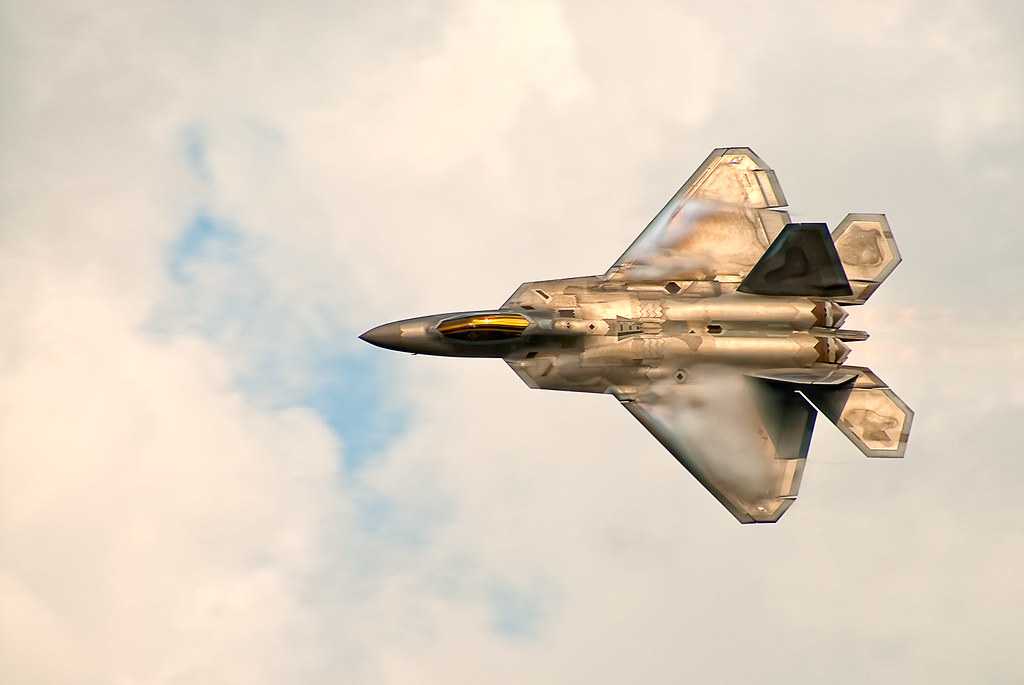
With the dust settling on these encounters, it’s clear that the F-22’s stealth, radar, and sensor advantages have solidified its position as the premier air superiority fighter, leaving the Su-35 outclassed in key aspects of modern aerial warfare.
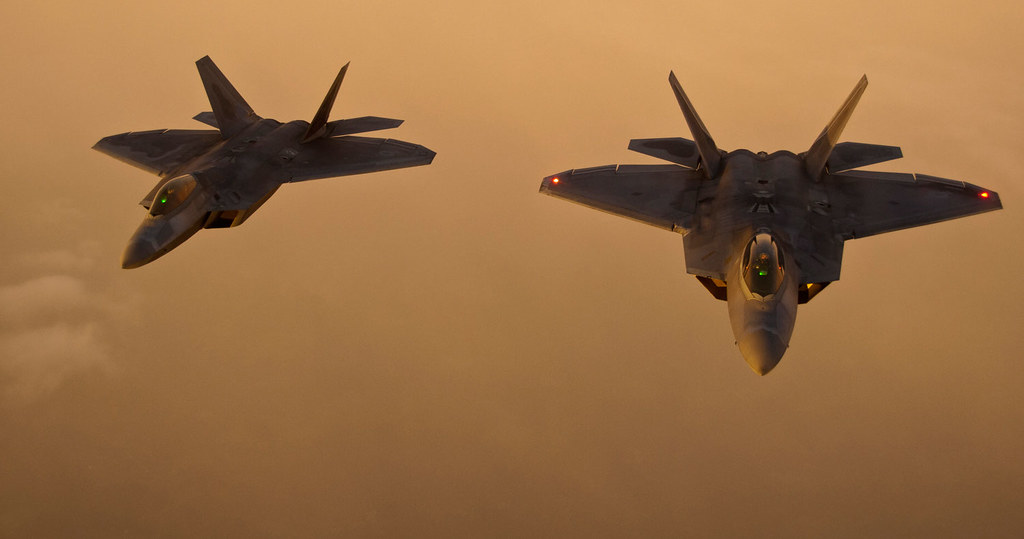
The F-22 Raptor, the first true fifth-generation multirole fighter, demonstrates a unique combination of stealth, speed, agility, and situational awareness, complemented by lethal long-range air-to-air and air-to-ground weaponry.
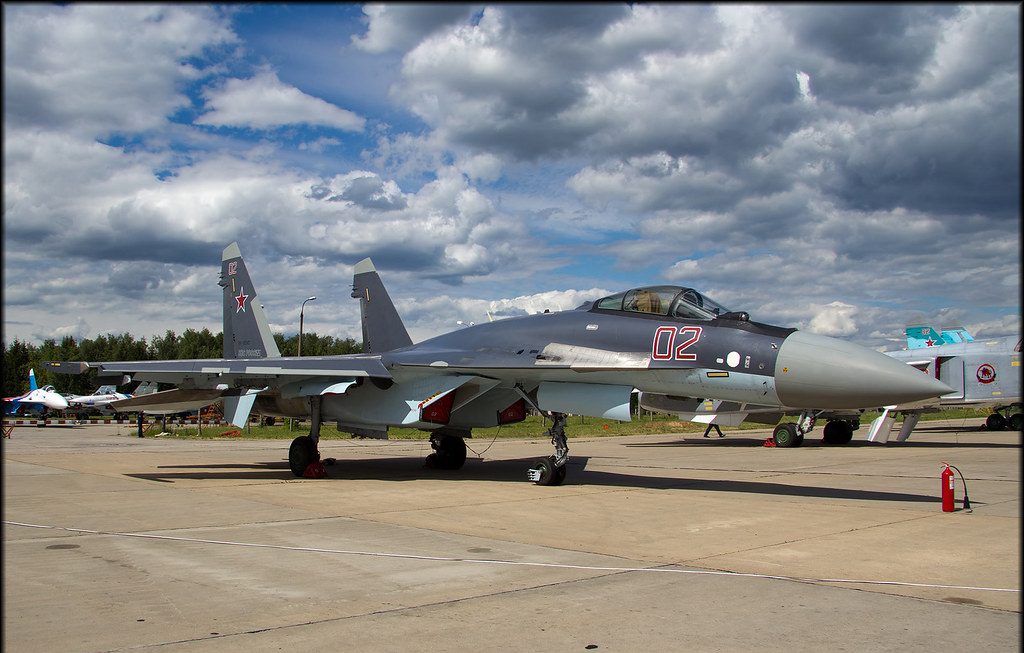
This potent mix ensures its dominance in Beyond Visual Range (BVR) combat, where it remains unseen and thus unbeaten.
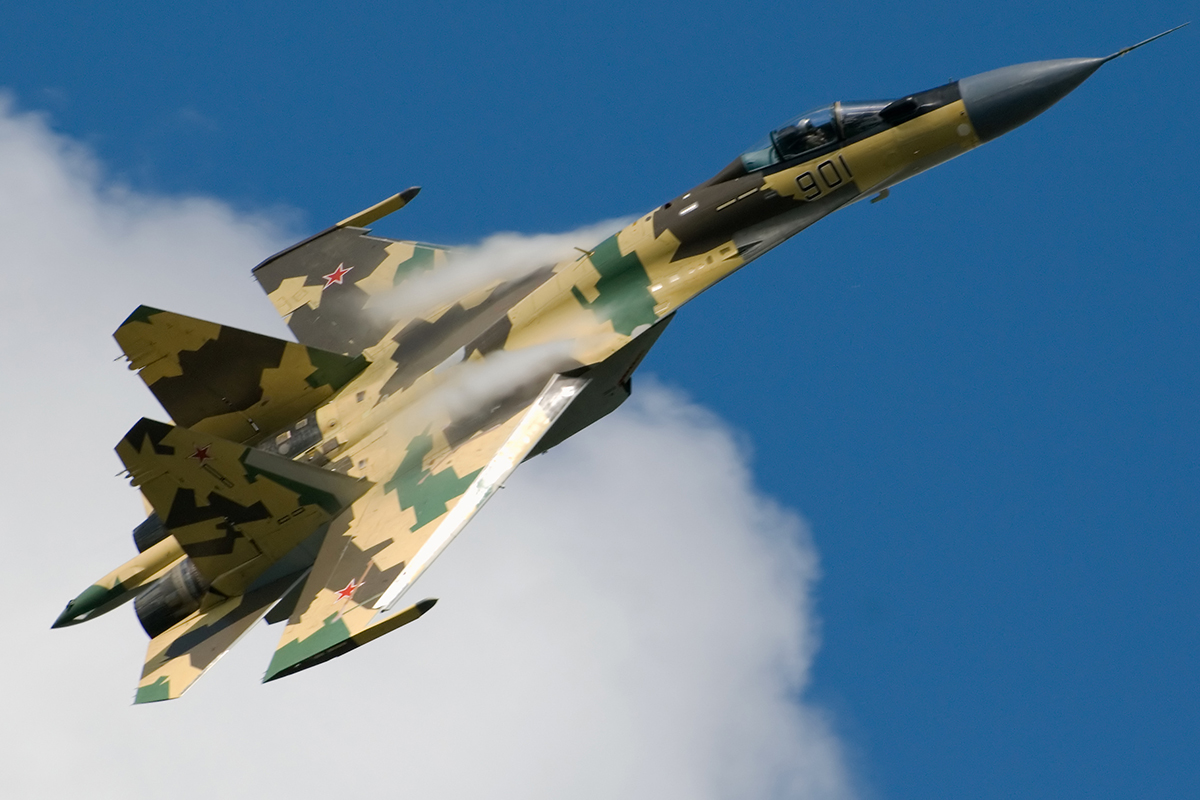
In recent reports, the Su-35, described as a 4++ generation aircraft with elements of fifth-generation technology, has been credited with supermaneuverability and a hefty payload capacity.
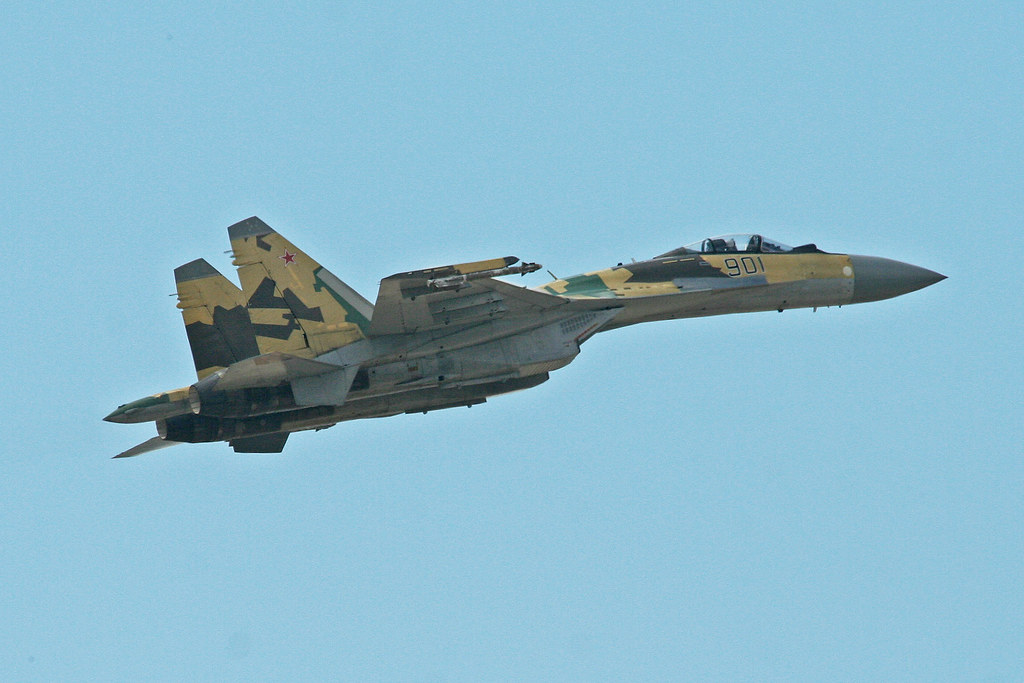
The “Flanker-E,” as NATO designates it, can carry an impressive array of weapons weighing up to 8,000 kg (17,630 pounds), spread across 12 wing and fuselage hardpoints, including air-to-air, air-to-surface, anti-radiation, and anti-ship missiles, alongside TV, laser-, and satellite-guided bombs.
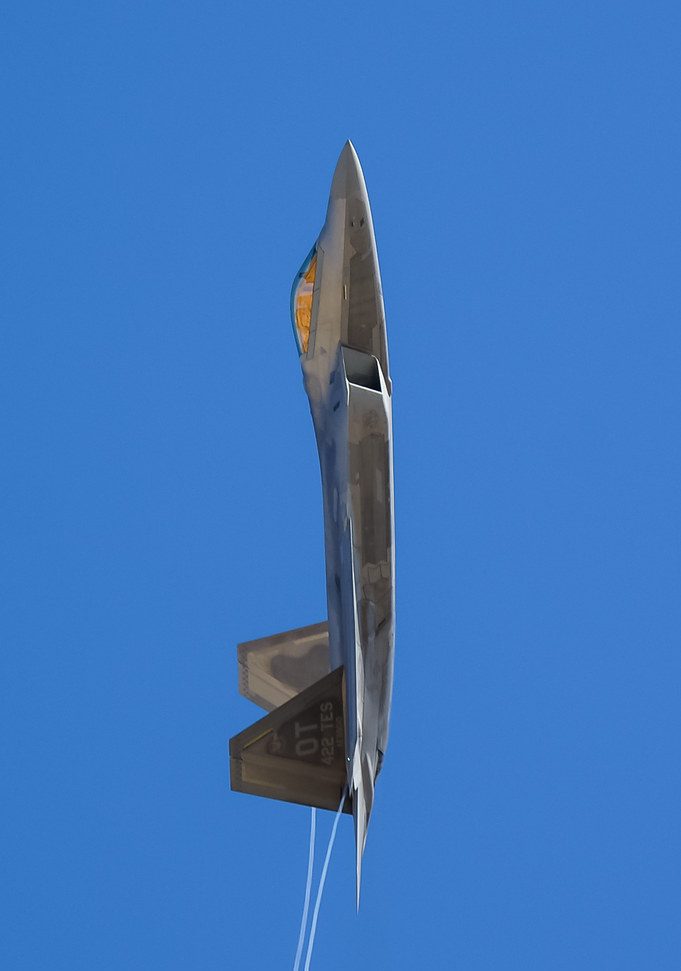
While the Flanker-E has garnered significant acclaim, many may not believe it could be on par with the Lockheed Martin F-22 Raptor, the globe’s premier fifth-generation multirole fighter, widely regarded as the top air superiority aircraft in operation currently.
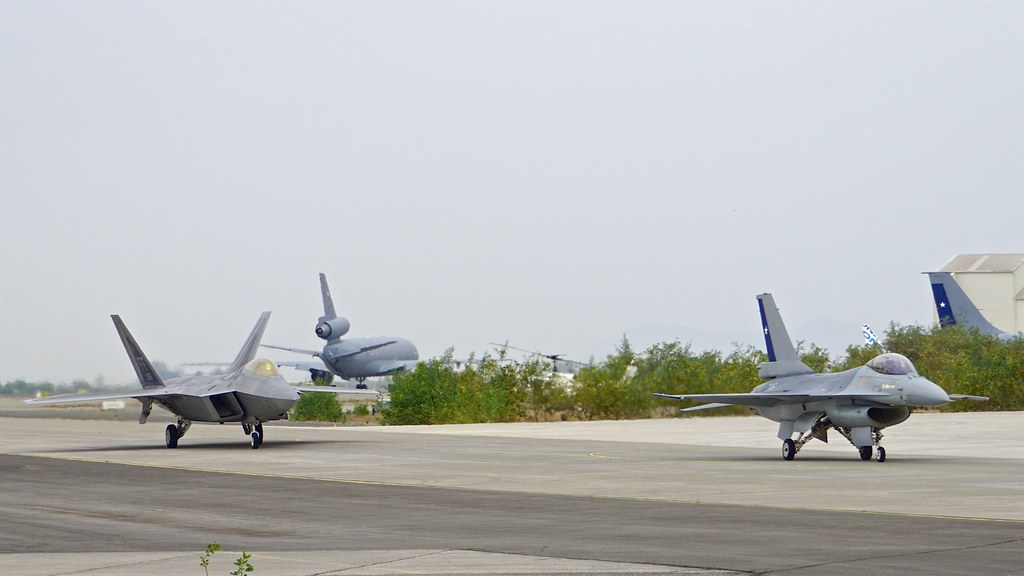
However, in the real-world skies over Ukraine, the theoretical matchup has turned into an actual evaluation of capabilities. The F-22’s stealth is not just about being invisible; it’s about being untouchable.

Its radar cross-section is approximately the size of a marble, which contrasts sharply with the Su-35’s radar cross-section, about the size of a large dinner table.
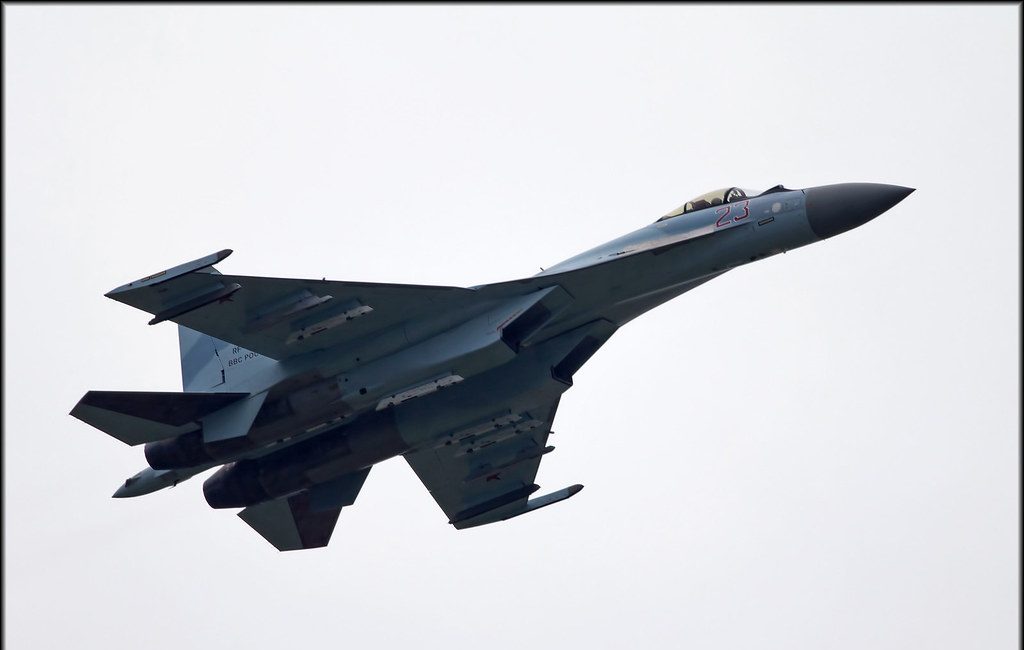
The implications of these differences in stealth capabilities are colossal. The Su-35’s larger radar cross-section makes it more vulnerable to detection and neutralization before the pilot is even aware of a threat.

In comparison, the F-22’s superior radar system, which is not matched by an AESA radar on the Su-35, provides it with a significant advantage in both range and resistance to jamming.
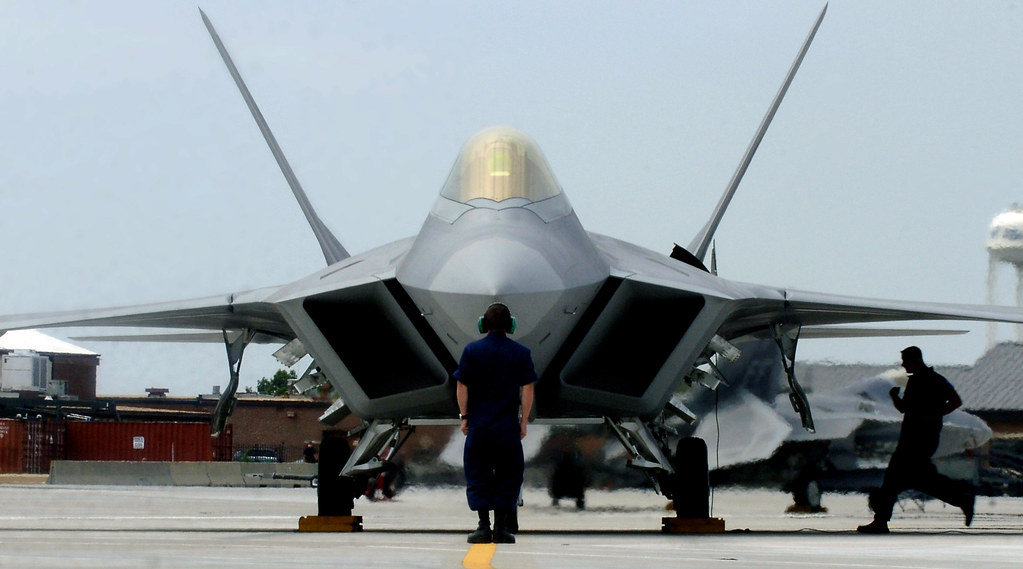
In the unforgiving arena of aerial combat, the Raptor’s advantage is underscored by the training and experience of its pilots. US fighter pilots arrive at their first unit with about twice the cockpit experience of their Russian counterparts. This discrepancy in training exacerbates the technological gap between the two fighter jets.
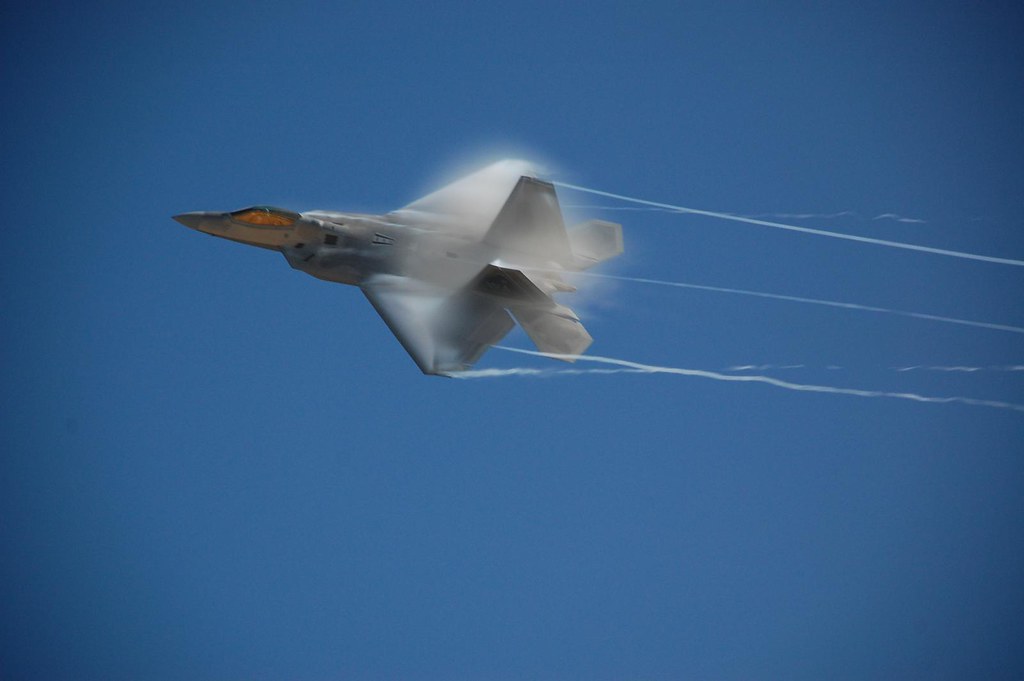
The recent downing of six Russian fighters, including two Su-35s, in just three days over Ukraine, starkly contrasts with the F-22’s record of not having been lost in actual combat to date. The Raptor’s clean combat slate speaks volumes about its survivability and lethality in air-to-air engagements.
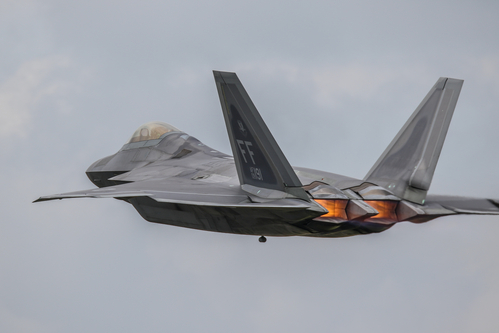
Furthermore, the F-22’s design philosophy has always been about first sight, first shot, first kill. The sheer power and advanced avionics make it a fearsome opponent, and despite the Su-35’s admirable capabilities and massive armament, it seems that in an actual head-to-head, the Raptor would have the clear upper hand.
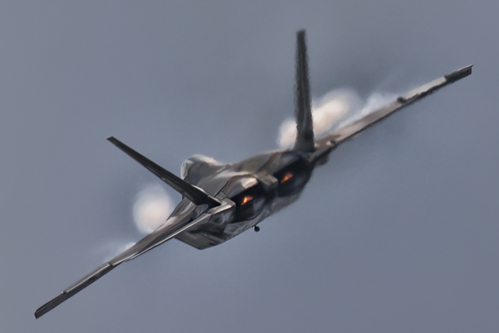
The Su-35’s defeats in the skies above Ukraine serve as a sober reminder that technology and training are pivotal in modern warfare. They highlight the evolving nature of aerial combat and the crucial importance of maintaining a technological edge.
Relevant articles:
– F-22 Raptor vs. Su-35: Which Stealth Fighter Is Better in a Dogfight?, The National Interest
– Russian Su-35 fighter is no match for US F-22 Raptor, asia-news.com

